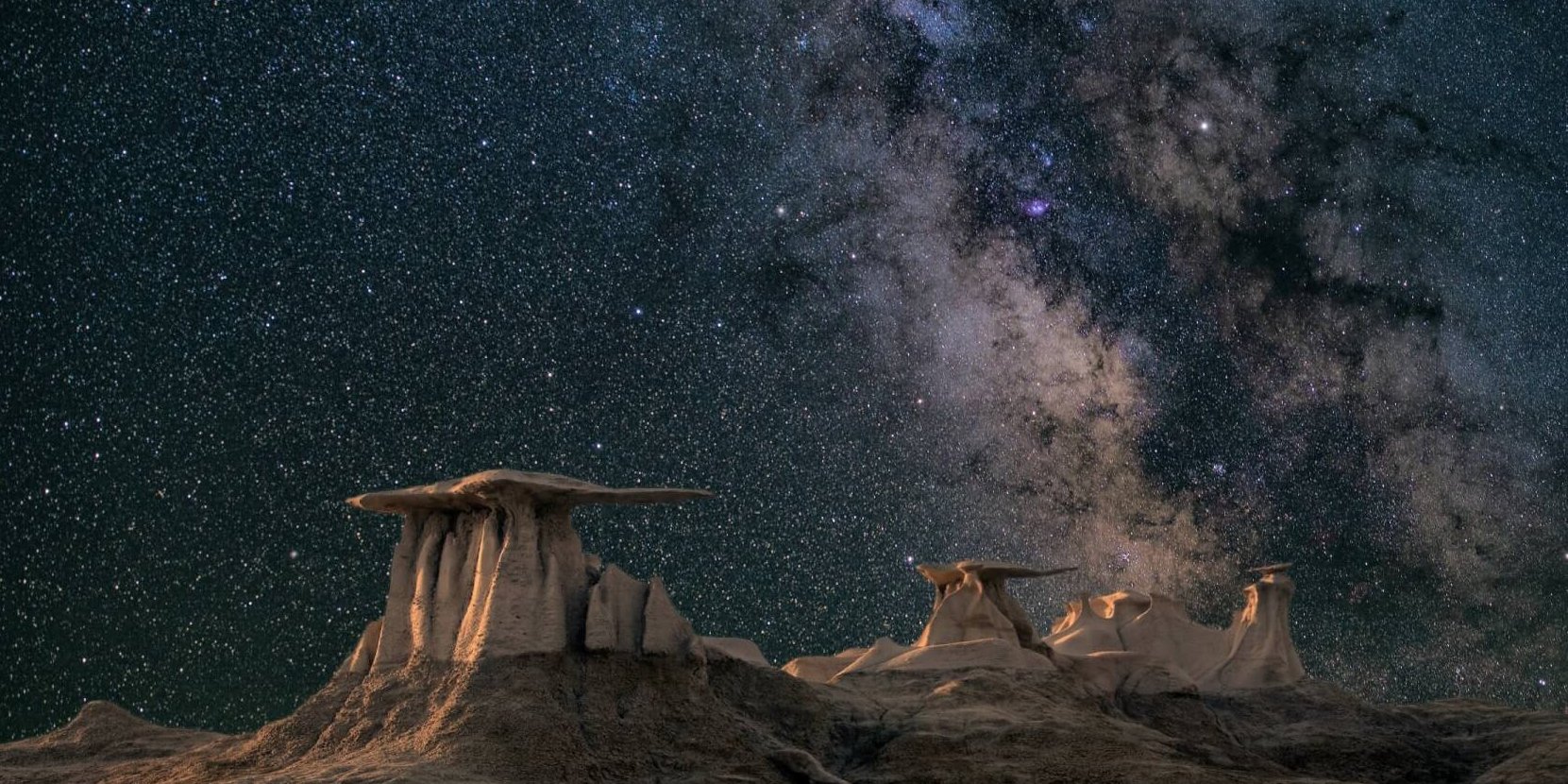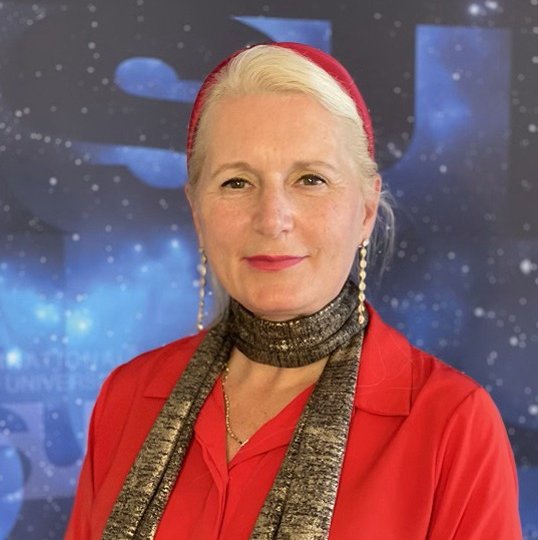
The Committee on Space Research (COSPAR) is an interdisciplinary scientific body concerned with the progress on an international scale of all kinds of scientific investigations carried out with space vehicles, rockets and balloons. The Committee’s objectives are to promote, on an international level, scientific research in space, with emphasis on the exchange of results, information and opinions, and to provide a forum, open to all scientists, for the discussion of problems that may affect scientific space research.

Professor Pascale Ehrenfreund has been elected President of COSPAR following a vote at the COSPAR 44th Scientific Assembly.
Professor Ehrenfreund has a strong science background in astrophysics and biology, having contributed to Astro-space and astronomy missions, conducted experiments in low Earth orbit and on the International Space Station, and served on several steering groups in the United States and the European Union. More recently, she has been President of the Austrian Science Fund and between 2015-2020 she served as the Chair of the Executive Board of the German Aerospace Center. Pascale is currently President of the International Space University in Strasbourg, France, and Research Professor of Space Policy and International Affairs at the Space Policy Institute/George Washington University in Washington DC. A longstanding active COSPAR Associate, she was also Chair of COSPAR’s Panel on Exploration between 2010-2019.
When asked what she’d like to achieve during her mandate as the first woman to head COSPAR, Professor Ehrenfreund responds wishing to “build on COSPAR’s 64-year legacy of connecting scientists all over the world”. She also notes: “In particular, I will work with COSPAR’s current and future partners to support science and technology development for multiple space ventures, foster the young generation of space scientists and provide society with a greater understanding and use of space research.”
We also inquired about the future of space science for COSPAR. Indeed, if current trends continue, it is estimated that the space industry could be worth US$1 trillion in 2040. In such a context, how does Professor Ehrenfreund see her role as COSPAR President in ensuring international space science cooperation?
“COSPAR must keep pace with the rapidly expanding space sector and increase its scope and reach out to multiple stakeholders—leading and influencing the global space dialogue and use its long-standing international network to support, bridge and rebuild international science cooperation.”
Pascale Ehrenfreund, new President of COSPAR
The 44th edition of COSPAR’s General Assembly saw “more than 2,000 scientists from all over the world, 3,500 scientific papers, most of the major space agencies, eight thematic sections and 11 panels”, as well as around 140 sessions covering the fields of COSPAR Scientific Commissions.
The beginning of the conference was graced with the “Space Agency Roundtable” session where major agencies discussed their current focuses and what lies on their agendas for the future, as well as the Opening and Awards Ceremony with a wide-ranging programme. Attendees watched a film tracing the history of astronomy in Greece, Maria Farantoúri singing Mikis Theodorakis, as well as an appearance by Brian May who recorded a special message for the attendees and shared a new song. The Awards Ceremony was also an opportunity for distinguished researchers to be recognized for their work by their peers.
COSPAR also notes that “one of the coolest sessions on Sunday was with the Panel on Education” with COSPAR’s youngest ever presenter, Daniel Portas-Levy. COSPAR specifies that Daniel is “not even in high school yet [and] gave a talk on applications of machine intelligence as a disruptive tool in space education. Congratulations to Daniel for making it to COSPAR 2022 (with his parents) and we look forward to seeing him at future events.”
Another noteworthy event during the Assembly was the morning workshop on the launch of the IDEA initiative aiming to make COSPAR more Inclusive, Diverse, Equitable and Accessible, asking questions such as “A culture of IDEA begins within our own organizations, but how is that advanced across the entire aerospace and sciences enterprise? Can leaders be open to change that welcomes diversity in gender, race, age, culture, and lifestyle choices?”.
The goal of this session was to see the value in having a diverse workforce that includes scientists, engineers, artists, communicators, and many others making up the profession of the global scientific enterprise. On this, COSPAR notes that “the IDEA initiative is now an essential part of our strategy and we’re planning more actions to support students and Early Career scientists from all backgrounds.”
Several booths were also installed at the conference, from NASA (including the exciting new images taken with the James Webb Space Telescope), from the European Space Agency, as well as successful “Poster Sessions” where scientists could prepare presentations to share with other attendees with the help of a poster.
Another session that caught our eye was the one on “COSPAR Publishing Connect Authors Workshop: How to Get Published”. During this workshop, Elsevier provided a presentation on how to write a good scientific paper. The presentation contained tips about how to prepare your manuscript using proper manuscript language and how to structure your article. COSPAR notes that this session “can make a real difference to your career if you’re just starting out.”
In the final days of the conference, an “Evening for all” was held, an opportunity for attendees to network and take stock of the many sessions presented throughout the week.
Read more highlights in COSPAR’s Scientific Assembly blog series.
Asteroids, the Moon and Mars: space missions to look forward to in 2022
The year ahead is going to be ground-breaking for space exploration, with several unique missions involving scientists from across the world and depending on international scientific collaboration.
Rising concerns for radio and space astronomy: Q&A with Harvey Liszt
We speak to the chair of IUCAF about how the Committee tackles radio frequency allocation challenges that come with the commercialization of 5G, earth-mapping radars and more.
Our Affiliated Body Frequencies for Radio Astronomy & Space Science (IUCAF)
The Scientific Committee on Frequency Allocations for Radio Astronomy and Space Science (IUCAF) is an international committee that works in the field of spectrum management on behalf of the passive radio sciences, like radio astronomy, remote sensing, space research, and meteorological remote sensing.
Photo by John Fowler on Unsplash (cropped).